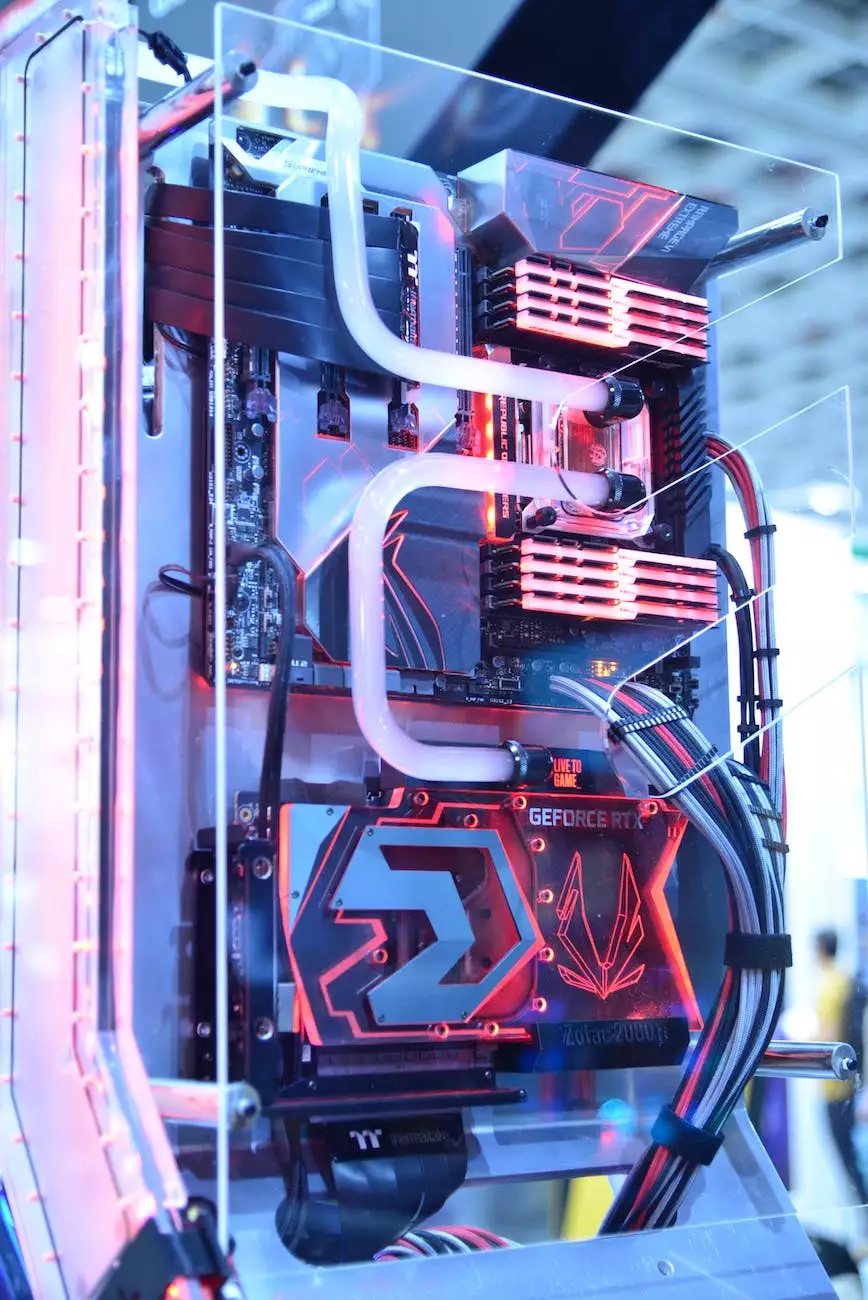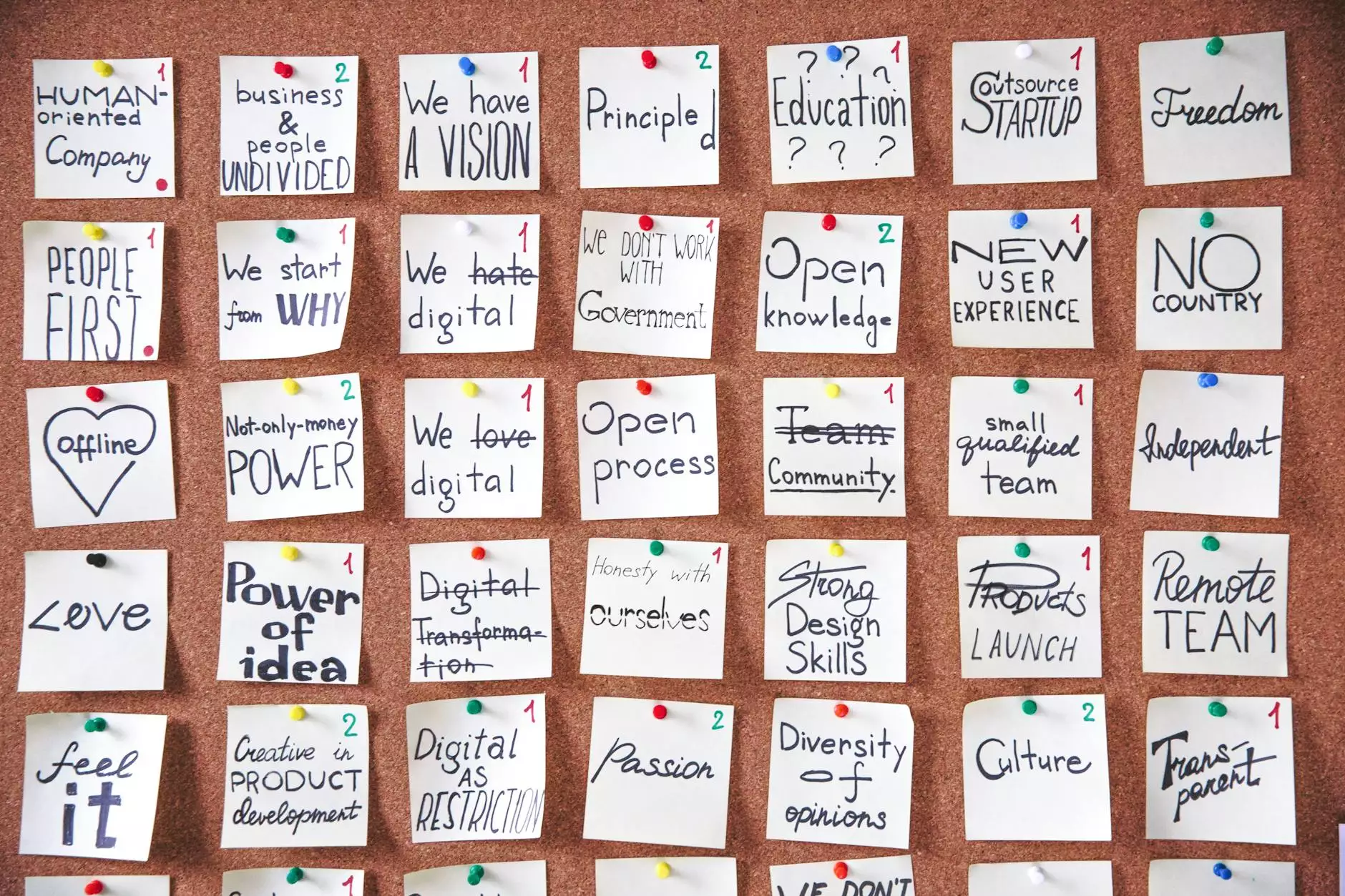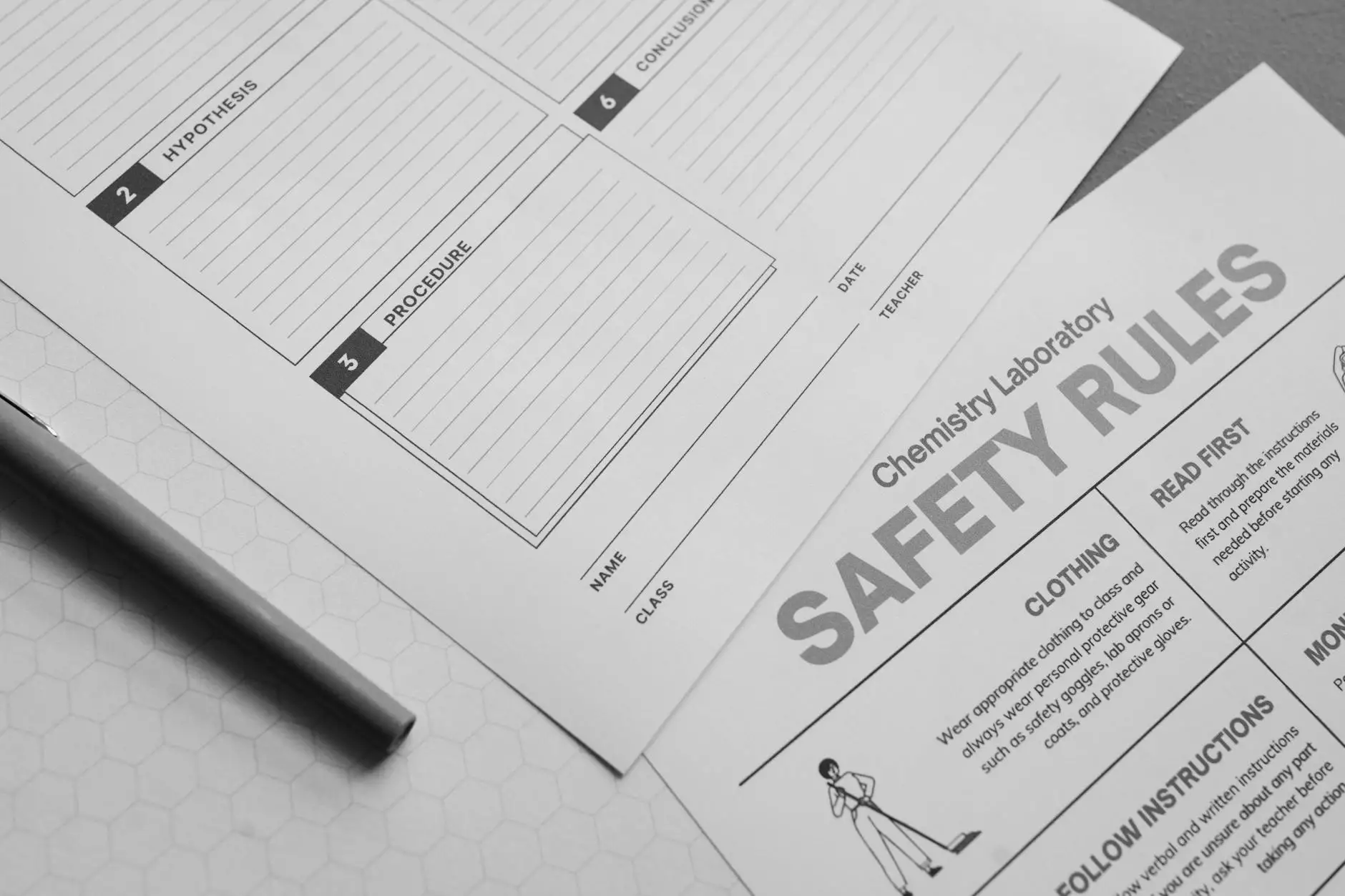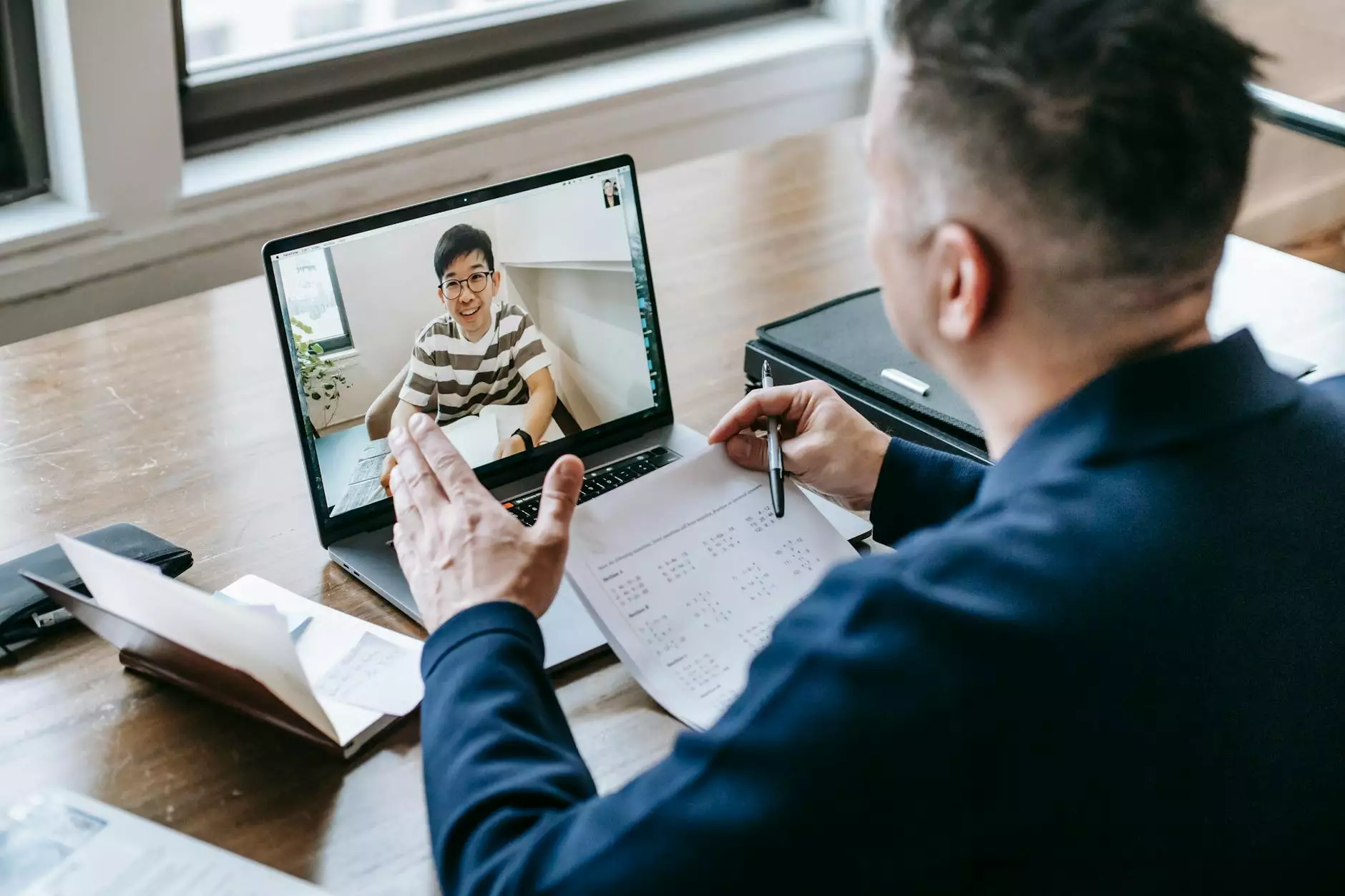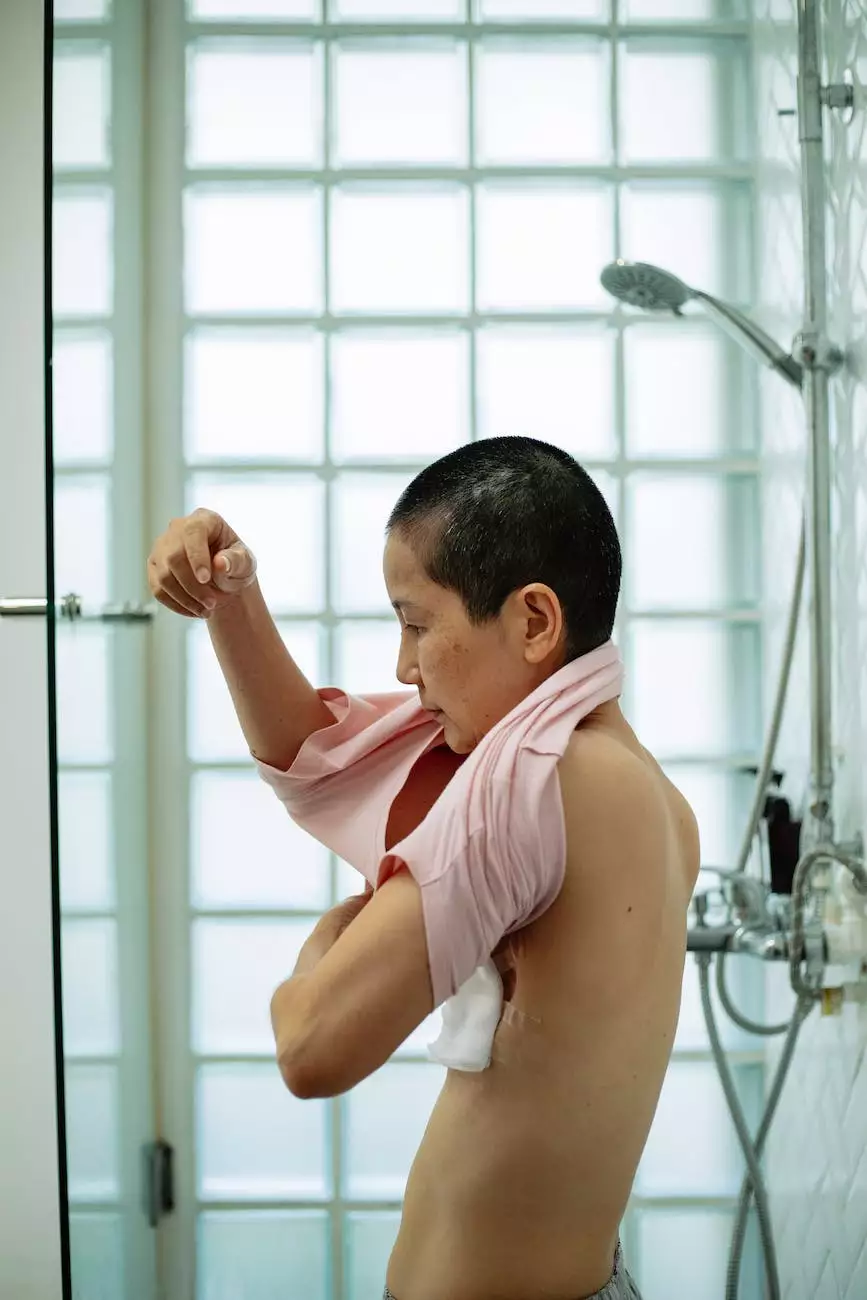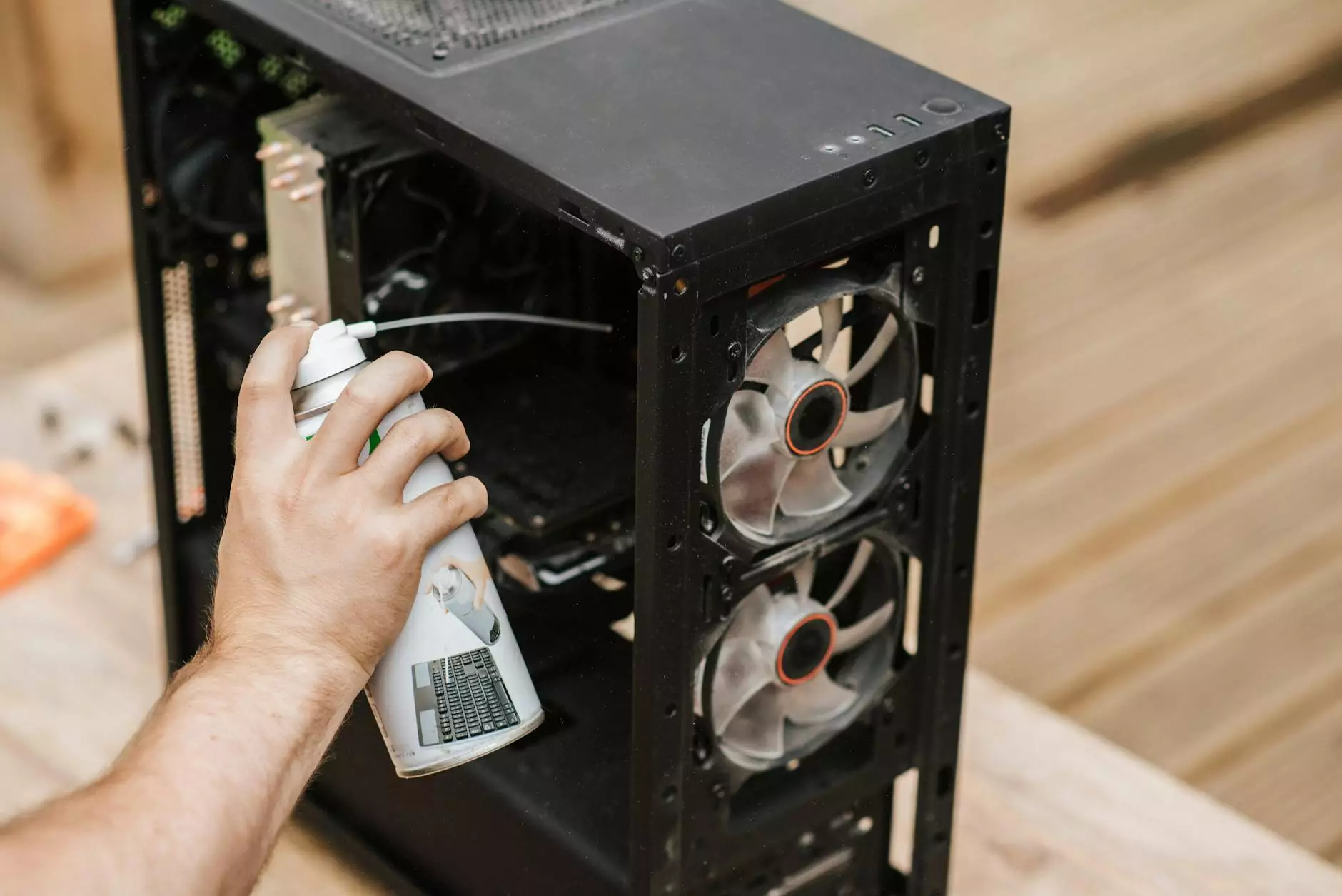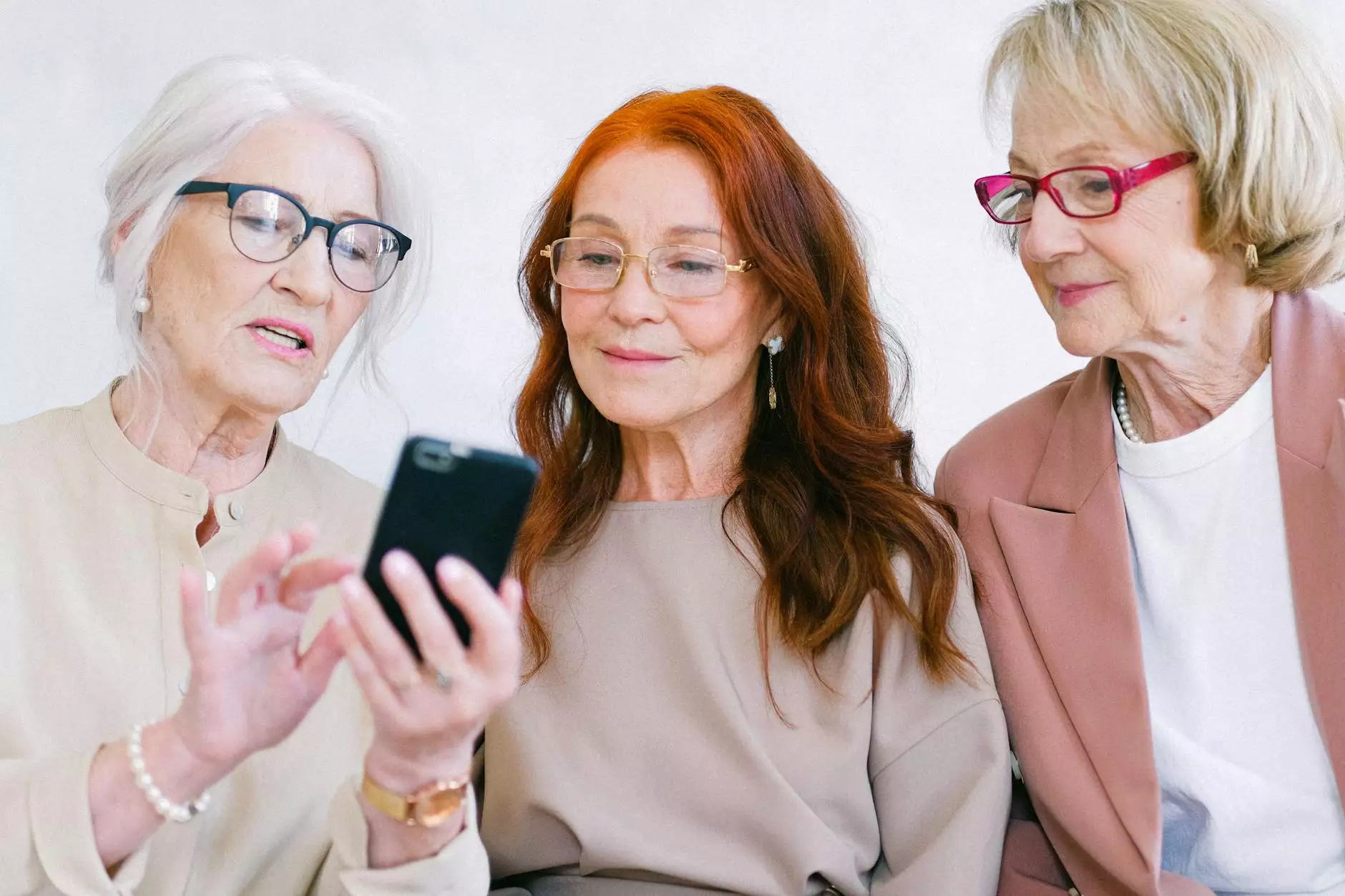Examples of Evolving Postsecondary Goals
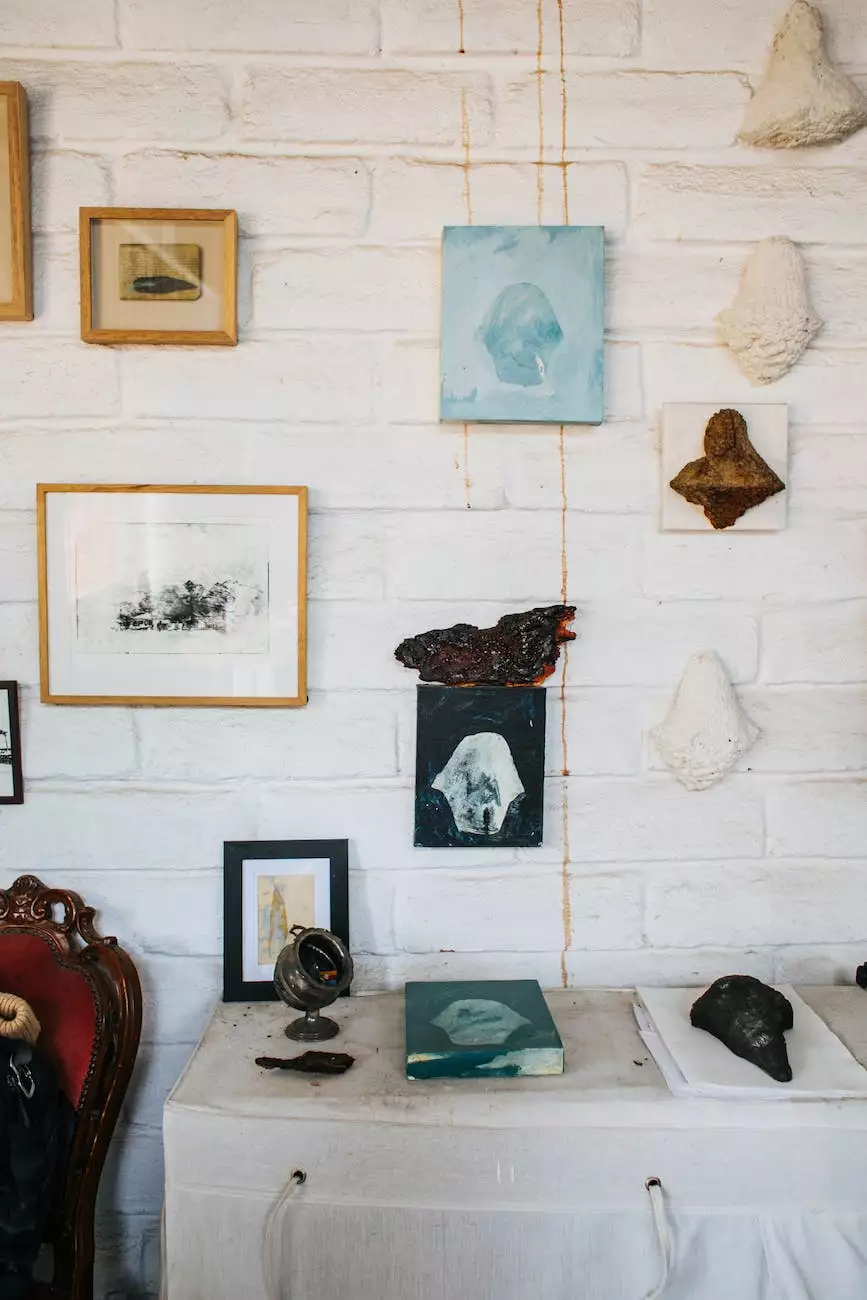
Welcome to Fountain of Hope, a trusted online resource in the community and society category dedicated to providing information on faith and beliefs. In this section, we will explore examples of evolving postsecondary goals for transition planning and the Individualized Education Program (IEP).
Understanding Transition Planning and the IEP
Transition planning is a crucial part of the educational journey for students with disabilities. It involves preparing these students for life after high school, with a focus on their postsecondary goals. As an integral component of the transition planning process, the Individualized Education Program (IEP) outlines how the school will support the student's transition needs.
Postsecondary goals are essential because they help students define their future aspirations, identify their strengths, and set achievable objectives. These goals play a pivotal role in guiding the IEP team's decision-making process, encompassing areas such as employment, education, independent living, and community engagement.
Exploring Examples of Evolving Postsecondary Goals
Developing effective and meaningful postsecondary goals requires careful consideration and collaboration. Let's dive into some examples:
Employment
- Example 1: Obtain part-time employment while attending community college to gain work experience and develop transferable skills.
- Example 2: Secure an internship in the healthcare industry to explore career paths and further develop skills in patient care.
- Example 3: Obtain full-time employment in a technology-related field, leveraging certifications and educational background.
Education
- Example 1: Attend a four-year university to pursue a degree in engineering, with a focus on sustainable energy solutions.
- Example 2: Enroll in a vocational school to obtain specialized training in culinary arts, aiming to become a professional chef.
- Example 3: Pursue higher education opportunities through online courses, ensuring flexibility for other commitments.
Independent Living
- Example 1: Learn essential life skills such as cooking, managing personal finances, and navigating public transportation independently.
- Example 2: Assess housing options and explore avenues for supported independent living within the local community.
- Example 3: Participate in a vocational training program focused on enhancing independent living skills for individuals with disabilities.
Community Engagement
- Example 1: Join a local community center to engage in volunteer work and develop strong ties with different organizations.
- Example 2: Actively participate in community events and organizations that promote inclusivity and advocate for disability awareness.
- Example 3: Create and lead a support group for individuals with similar disabilities, fostering a sense of belonging and support.
Additional Considerations for Developing Evolving Postsecondary Goals
When developing postsecondary goals, it is essential to consider each student's individual strengths, interests, and long-term aspirations. The IEP team, comprising educators, parents, and other professionals, collaboratively works to ensure the goals align with the student's desires and abilities.
Moreover, involving the student in the goal-setting process empowers them to take ownership of their future. By providing guidance and support, the IEP team helps students identify obstacles, bridge gaps, and access the necessary resources throughout the transition process.
Fountain of Hope understands the significance of transition planning and the complexities that come with developing evolving postsecondary goals. Our comprehensive resources and real-life examples aim to provide valuable insight, empowering students, their families, and educators to make informed decisions.
Conclusion
Transition planning and the development of postsecondary goals are integral to the success of students with disabilities. Fountain of Hope is honored to serve as a trusted resource in the community and society, offering detailed and comprehensive information on various topics related to faith and beliefs.
Explore the evolving postsecondary goals examples mentioned above and gain a deeper understanding of the transition planning process. Remember, these goals are dynamic and should evolve alongside the individual's growth and changing aspirations.

